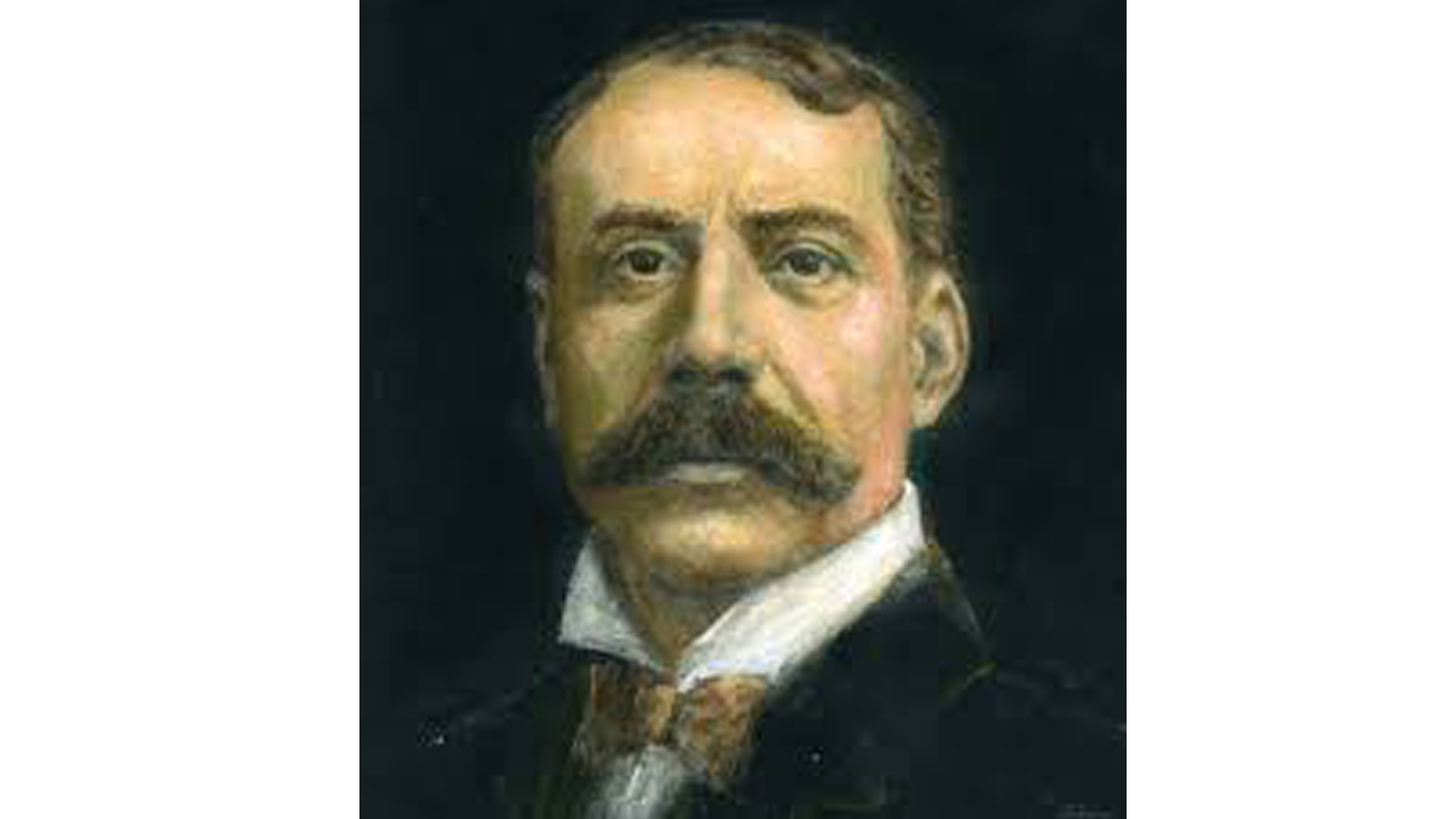
No.6
Elgar: Enigma Variations

Edward Elgar wrote his Variations on an Original Theme over the course of the fall and winter of 1898-99, just before the new century was about to begin. The theme is followed by 14 variations on the theme, which Elgar himself quickly labeled, “Enigma”. Elgar dedicated the work “to my friends pictured within”, writing in a program note for a performance in 1911: “This work, commenced in a spirit of humour & continued in deep seriousness, contains sketches of the composer’s friends. It may be understood that these personages comment or reflection the original theme & each one attempts a solution of the Enigma, for so the theme is called. The sketches are not “portraits” but each variations contains a distinct idea founded on some particular personality or perhaps some incident known only to two people. This is the basis of the composition, but the work may be listened to as a “piece of music” apart from any extraneous consideration.”
So each variation is connected to a personality. For example the first variation marked with the initials “C.A.E.” refers to Elgar’s wife Alice, full name, Caroline Alice Elgar. And so it goes with each variation, the last a portrait of the composer himself. If you wish to explore each of the variations I refer you to the article at Wikipedia. My favorite piece of nonmusical information about a variation comes in Elgar’s description of the 11th Variation, which he tells us depicts the moment when Dan, a great bulldog, slips down the steep bank of the River Wye, plunges into the water and then paddles downstream to a safe landing. Whereupon we hear the bulldog’s joyful bark upon gaining firm ground again. And like all the dogs I know, Dan then proceeds to shake himself dry.
The most famous of the variations is No. 9, called “Nimrod”. The tune has become an all-time favorite. It’s been arranged for almost every instrumental combination you can think of and is used for many solemn or memorial occasions.
Top 40 Countdown
A few years ago the listeners to WNED Classical told us what they thought a TOP 40 list of Classical pieces should be. Six hundred and twenty-two different pieces were put forward, and over nine hundred listeners participated. The result, The WNED Classical Top 40, was both startling and comforting. There were a number of surprises, Stravinsky and Copland made the list; Mendelssohn and Schumann did not! It was comforting to know that the two most popular composers were Beethoven and J.S. Bach. The biggest surprise of all was the piece that crowned the list as No. 1.